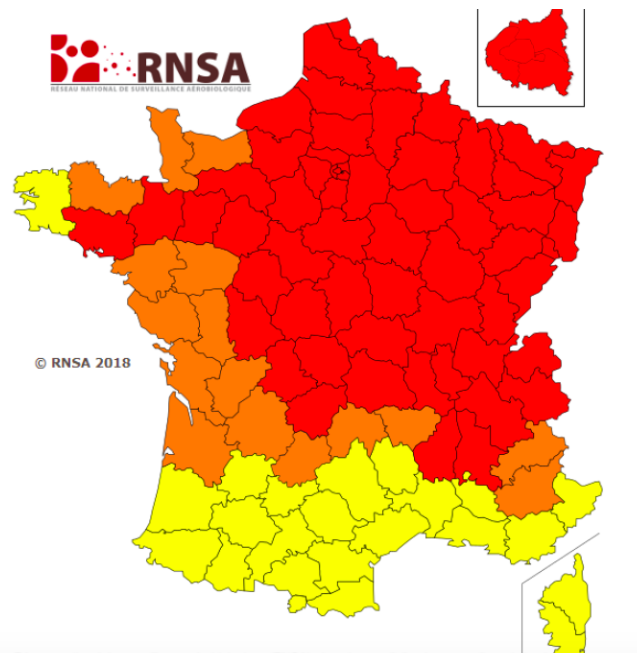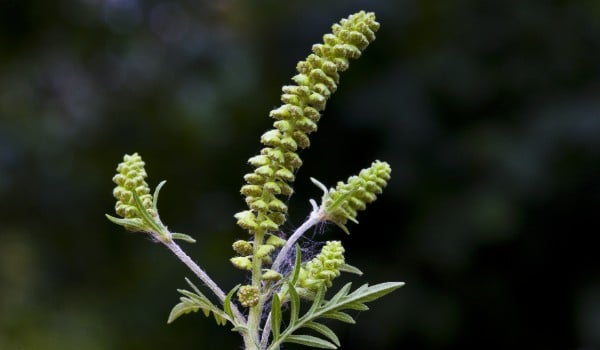If you feel like you’re hearing a lot more sneezing than usual, you’re probably not wrong.
It’s hay fever season, and it’s the worst it has been in a generation.
Yes, the birch tree pollen is officially at the highest level since 1993, according to the latest bulletin from the national agency responsible for surveying pollen levels that trigger allergies (RNSA).
And if you think you’ll escape the worst because you’re outside Paris, then think again.
The agency has issued a red alert for central, eastern, and northern France. You’d be lucky to escape the pollen, in fact with the rest of the country on yellow alert.

To make matters worse, the agency warned that high levels of air pollution and grass pollen would likely exacerbate things for allergy sufferers.
The birch pollen will be tickling nostrils until at least the end of the month, but the agency issued red alerts for grass pollen for both May and especially June.
Around 10-20 percent of the French population suffer from allergic reactions to pollen.
p.p1 {margin: 0.0px 0.0px 0.0px 0.0px; font: 12.0px ‘Helvetica Neue’; color: #454545}
p.p2 {margin: 0.0px 0.0px 0.0px 0.0px; font: 12.0px ‘Helvetica Neue’; color: #454545; min-height: 14.0px}
The network recommends that allergy sufferers make it a priority to take their medication or consult one of the RNSA's doctors.
Tips for keeping hay fever at bay
- Shower after you’ve been outside
- Avoid too much physical activity outdoors when pollen levels are high
- Keep windows and doors at home closed
- Put vaseline around your nostrils
- Wear sunglasses, the bigger the better
- Vacuum at home regularly



 Please whitelist us to continue reading.
Please whitelist us to continue reading.
Member comments